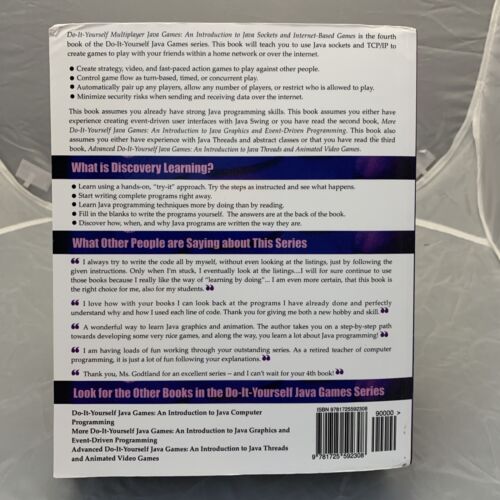This article outlines the step-by-step process of creating multiplayer games with Java. The first step is to choose the right game engine, such as Unity or Unreal Engine. Next, developers must define the game mechanics and create game assets, including graphics, sound effects, and music. Implementing networking and synchronization is crucial to ensure players are seeing the same game state in real-time. Game logic can then be implemented using Java’s powerful language features. Finally, testing and refinement are important to ensure a stable and engaging game experience for players. By following these steps, developers can create remarkable multiplayer games with Java.
Creating Multiplayer Games with Java: A Step-by-Step Process
Introduction
Java is one of the most popular programming languages and is widely used for creating various types of applications, including games. Multiplayer games have become increasingly popular in recent times, and building them with Java can be a great way to create engaging and exciting gaming experiences.
Creating a multiplayer game is not an easy task, and there are several steps involved in the process. In this article, we will guide you through the step-by-step process of creating multiplayer games with Java.
Step 1: Choose a Game Engine
The first step in creating a multiplayer game is choosing the right game engine. Game engines are software frameworks that provide developers with the tools and functionality needed to create games.
Some of the popular game engines that can be used with Java include Unity, Unreal Engine, and Godot. Each engine has its own strengths and weaknesses, and the choice of engine will depend on the specific requirements of the game.
Step 2: Define Game Mechanics
Once the game engine has been chosen, the next step is to define the game mechanics. This involves determining the rules and objectives of the game, as well as the characters, settings, and other elements.
It is important to have a clear understanding of the game mechanics before starting development, as this will ensure that the game is cohesive and engaging for players.
Step 3: Create Game Assets
After the game mechanics have been defined, the next step is to create the game assets. This includes creating the graphics, sound effects, music, and other elements that will be used in the game.
Developers can use various tools and software to create game assets, such as Adobe Photoshop for graphics and Ableton Live for music. It is important to create high-quality assets that are optimized for the game engine being used.
Step 4: Implement Networking
One of the most important aspects of a multiplayer game is networking. Players need to be able to connect to each other over the internet and communicate in real-time.
Java provides several networking APIs that can be used to implement networking in a multiplayer game. The Java Socket API can be used for low-level networking, while the Java Networking API provides higher-level abstractions for working with network protocols.
Step 5: Handle Synchronization
In a multiplayer game, it is important to ensure that all players are seeing the same game state. This requires careful synchronization of game events and player actions.
Java provides several mechanisms for handling synchronization in a multiplayer game, such as locks, synchronized blocks, and the Java Concurrent API. These mechanisms help ensure that all players are seeing the same game state and that the game is fair for all players.
Step 6: Implement Game Logic
Once the networking and synchronization have been implemented, the next step is to implement the game logic. This involves writing code to handle the various game events, such as player movement, collisions, and game state changes.
Java provides a powerful language for implementing game logic, with features such as inheritance, interfaces, and polymorphism. These features can be used to create a flexible and extensible game architecture.
Step 7: Test and Refine
The final step in creating a multiplayer game with Java is testing and refinement. It is important to test the game thoroughly to ensure that it is stable, fair, and engaging for players.
Developers can use various testing tools and frameworks, such as JUnit and Mockito, for testing their Java code. They can also gather feedback from players and make refinements to the game to improve the overall experience.
Conclusion
Creating a multiplayer game with Java can be a challenging but rewarding experience. By following the step-by-step process outlined in this article, developers can create engaging and exciting games that are enjoyed by players around the world. With the right game engine, game mechanics, networking, synchronization, game logic, and testing, a multiplayer game created with Java can be truly remarkable.
